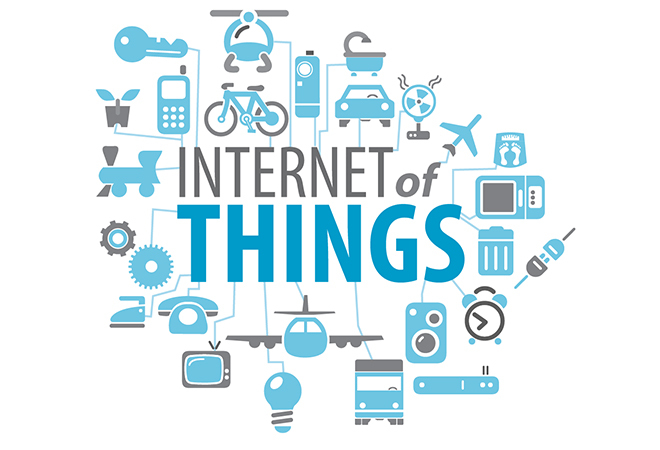
The Internet of Things (IoT): IoT is having a significant impact on major global brands and the media ecosystems designed to market these brands. Brands such as Diageo and Mondelez are connecting their products on the shelf to the internet and this is allowing them to understand who is buying their products (i). The IoT represents a major opportunity for OOH, in so far as the data that is becoming available from connected devices will provide a wealth of insight into the behaviors and actions of consumers and enable OOH media to deliver measureable results. Global brands are quickly developing strategies for big data, building data management platforms (DMPs) and they will soon expect their media agencies to be able to ingest their first party data and build custom audience solutions tailored to their objectives. This has significant implications for the OOH industry. In the online space today, for example, brands equip their digital buyers with CRM data enabling them to target these customers online and in a mobile environment. Think how powerful it would be for a brand to supply its OOH partner agency with anonymized location data of its customers enabling the overlay OOH media onto this data. The OOH industry must build the infrastructure and systems to be able to handle client data as well as invest in new datasets, allowing for increased targeting and measurement.
Real time: Spielberg predicted that digital screens would be everywhere in our society – and he was right about this one. Globally, we’ve seen a huge increase in digital OOH screens. The number of digital OOH campaigns with dynamic content served in real time, based on data triggers, is on the rise and the data sources are becoming more robust. We are starting to see creative copy driven by retail sales data, social sentiment data as well as weather data – and at scale. The number of global digital OOH (DOOH) campaigns is also increasing, with copy changing dynamically based on factors in each market. Posterscope recently conducted research with its digital partner, Liveposter, which revealed that respondents who were exposed to dynamic DOOH were three times more likely to recall the advertisement.
Real time buying initiatives are starting to be tested in the US, UK, France, Germany and Australia. In all cases, the automation of OOH media buying is the first key step. Once this is achieved, some form of data-driven real time buying or programmatic could follow. The Holy Grail will be the ability to combine dynamic content delivery with real time buying and the ability to optimize content based on measureable success factors. This is how digital is bought and optimized online. More and more, consumers expect content to be personalized and delivered in a non-intrusive manner.
Cross media ownership: In recent years we have seen an increase in cross media ownership and we expect this trend to continue. For example, Mediacorp in Singapore are a TV, online and OOH media owner. The Ströer Group in Germany is one of the largest OOH and online providers. There are now several local TV stations in China who have moved into OOH. More recently, here in the US, Google’s investment in OOH via its Sidewalk Labs further demonstrates this trend. These cross media ownership structures present the OOH industry with a significant opportunity to leverage data from both on-and-off-line, creating a more targeted and accountable approach to advertising.
The pace of development with technology and data is rapid and I believe over the next few years we’ll see even further disruption of existing business practices. As an industry we need to embrace these changes; doing so will lead to greater growth and development for the OOH industry. Steven Spielberg had a vivid imagination when it came to the future – so too should we.
Download the PDF
Published: August 7, 2015